Introduction
In the realm of culinary arts, achieving the perfect texture in a dish is often the hallmark of a skilled chef. From the silky smoothness of a well-cooked risotto to the tender fall-apart quality of a slow-cooked stew, texture plays a pivotal role in defining the overall eating experience. However, there are some ingredients that seem to defy even the most seasoned cook’s efforts to attain that elusive perfection. One such ingredient is Tremella fuciformis, commonly known as white jelly mushroom or silver ear mushroom, which many cooks find frustratingly resistant to being cooked to tenderness. Despite its delicate appearance and nutritional benefits, Tremella fuciformis often retains a chewy, almost rubbery texture even after prolonged cooking. This article delves into the reasons behind this phenomenon, exploring the unique properties of Tremella fuciformis, the cooking techniques employed, and potential solutions to overcome this challenge.
Understanding Tremella fuciformis
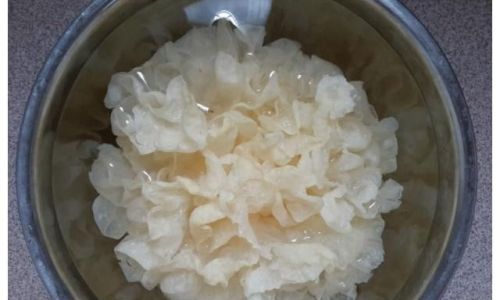
To grasp why Tremella fuciformis can be so difficult to cook to tenderness, it is essential to first understand its botanical and structural characteristics. Tremella fuciformis belongs to the Tremellaceae family of fungi, characterized by its translucent, gelatinous appearance. This mushroom is native to various parts of Asia, particularly China, where it has been used in traditional medicine and cuisine for centuries. Its jelly-like texture and mild flavor make it a versatile ingredient in soups, desserts, and even skincare products.
Structurally, Tremella fuciformis is composed of a complex network of polysaccharides, primarily composed of β-1,3-glucan and β-1,6-glucan chains. These polysaccharides are responsible for the mushroom’s unique texture and stability, contributing to its resilience against heat and mechanical stress. Unlike other mushrooms, which primarily consist of chitin and protein, Tremella fuciformis’s polysaccharide matrix gives it a more elastic and less collapsible structure.
Cooking Techniques and Challenges
When attempting to cook Tremella fuciformis, cooks often employ methods such as boiling, steaming, or simmering in soups and broths. However, despite these efforts, the mushroom often retains its chewy texture. Several factors contribute to this resilience:
-
Polysaccharide Composition: As mentioned earlier, Tremella fuciformis’s polysaccharide matrix is highly stable and resistant to degradation at typical cooking temperatures. This stability ensures that the mushroom maintains its shape and texture even after prolonged exposure to heat.
-
Molecular Structure: The β-1,3-glucan and β-1,6-glucan chains in Tremella fuciformis form a robust, three-dimensional network that is difficult to disrupt. This network provides structural integrity to the mushroom, making it less susceptible to the softening effects of heat.
-
Cooking Temperature and Time: While higher temperatures and longer cooking times can break down some food structures, Tremella fuciformis’s polysaccharides require extremely high temperatures or specific enzymatic action to degrade significantly. Typical cooking temperatures and durations are often insufficient to achieve this level of degradation.
-
pH and Ionic Strength: The cooking environment’s pH and ionic strength can also influence the stability of Tremella fuciformis’s polysaccharides. In acidic or alkaline conditions, or in the presence of certain ions, the polysaccharide chains may become more or less susceptible to degradation. However, achieving the optimal conditions for significant texture change without adversely affecting the dish’s overall flavor and appearance can be challenging.
Potential Solutions
Given the challenges associated with cooking Tremella fuciformis to tenderness, several strategies can be employed to improve its texture:
-
Enzymatic Treatment: One promising approach is the use of enzymes capable of degrading β-1,3-glucan and β-1,6-glucan chains. Enzymatic treatment can break down the polysaccharide matrix, making the mushroom more susceptible to softening during cooking. However, finding enzymes specific to Tremella fuciformis’s polysaccharides and ensuring their compatibility with food applications can be difficult.
-
High-Pressure Cooking: High-pressure cooking techniques, such as those used in sous-vide cooking, have been shown to effectively soften tough cuts of meat and other food items by altering their molecular structure. Applying similar principles to Tremella fuciformis might help disrupt its polysaccharide network and achieve a more tender texture. However, the specific pressure and temperature combinations required for optimal results need to be carefully determined.
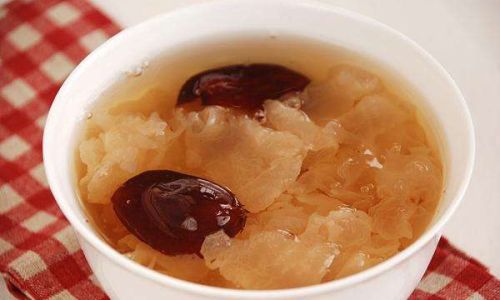
-
Chemical Modification: Chemical treatments, such as acid or alkaline hydrolysis, can also alter the structure of Tremella fuciformis’s polysaccharides. However, these methods may introduce unwanted flavors or textures to the final dish, making them less desirable for culinary applications.
-
Physical Processing: Physical methods, such as shearing or grinding, can disrupt the polysaccharide network to some extent. While these methods may not achieve complete softening, they can improve the mushroom’s overall texture and mouthfeel.
-
Combination Methods: Combining multiple strategies, such as enzymatic treatment followed by high-pressure cooking, may provide the most effective solution. This approach can leverage the strengths of each method while mitigating their individual limitations.
Practical Considerations
While the above strategies offer potential solutions to the problem of Tremella fuciformis’s resilience, practical considerations must be taken into account. The cost, feasibility, and safety of these methods need to be carefully evaluated before implementation. Additionally, the impact on the dish’s overall flavor, texture, and nutritional profile must be considered.
For example, enzymatic treatment may introduce off-flavors or require specialized equipment. High-pressure cooking may alter the dish’s color, aroma, and taste. Chemical modification could introduce unwanted compounds or change the mushroom’s nutritional profile. Physical processing may result in a less appealing appearance or mouthfeel.
Therefore, it is crucial to conduct thorough testing and experimentation to identify the most suitable method for a given application. This may involve trial and error, as well as collaboration with food scientists and chefs to refine and optimize the process.
Conclusion
The challenge of cooking Tremella fuciformis to tenderness is a complex one, rooted in the mushroom’s unique polysaccharide composition and molecular structure. While traditional cooking methods often fail to achieve the desired texture, several potential solutions exist, including enzymatic treatment, high-pressure cooking, chemical modification, and physical processing. However, each of these methods has its own set of limitations and practical considerations.
Ultimately, the key to overcoming this challenge lies in a combination of scientific understanding, culinary creativity, and practical experimentation. By exploring different strategies and refining the process, cooks can unlock the full potential of Tremella fuciformis, transforming it from a frustratingly chewy ingredient into a delightful and tender addition to their dishes. As we continue to learn more about this fascinating mushroom and the science behind its texture, we can look forward to new and innovative ways to incorporate it into our culinary repertoire.
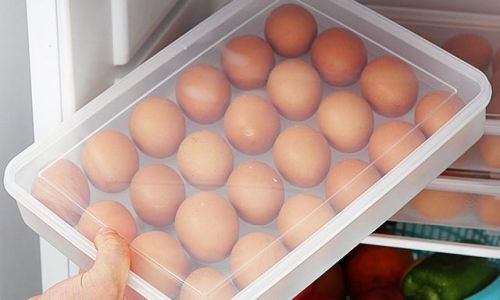

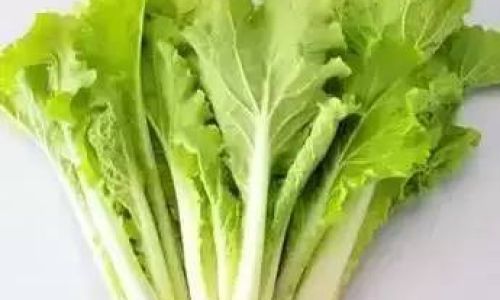
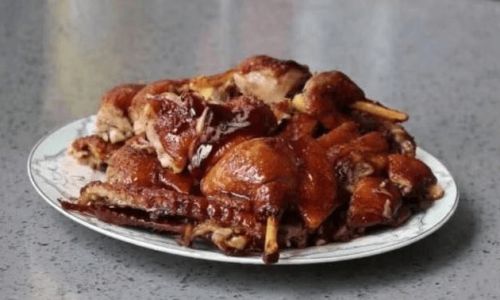
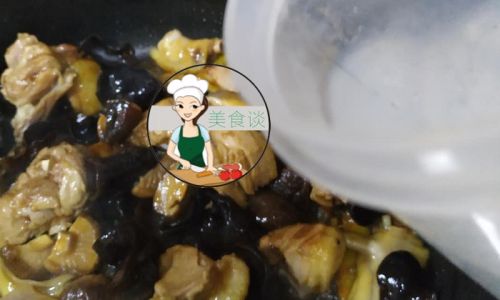

0 comments